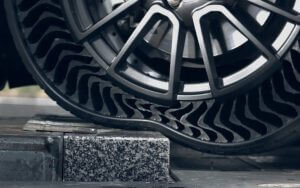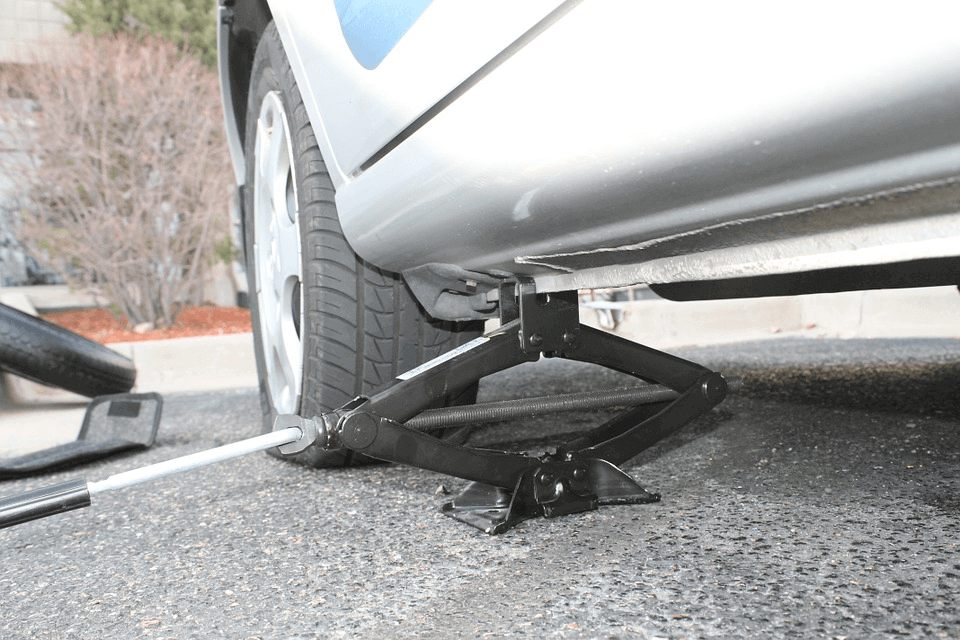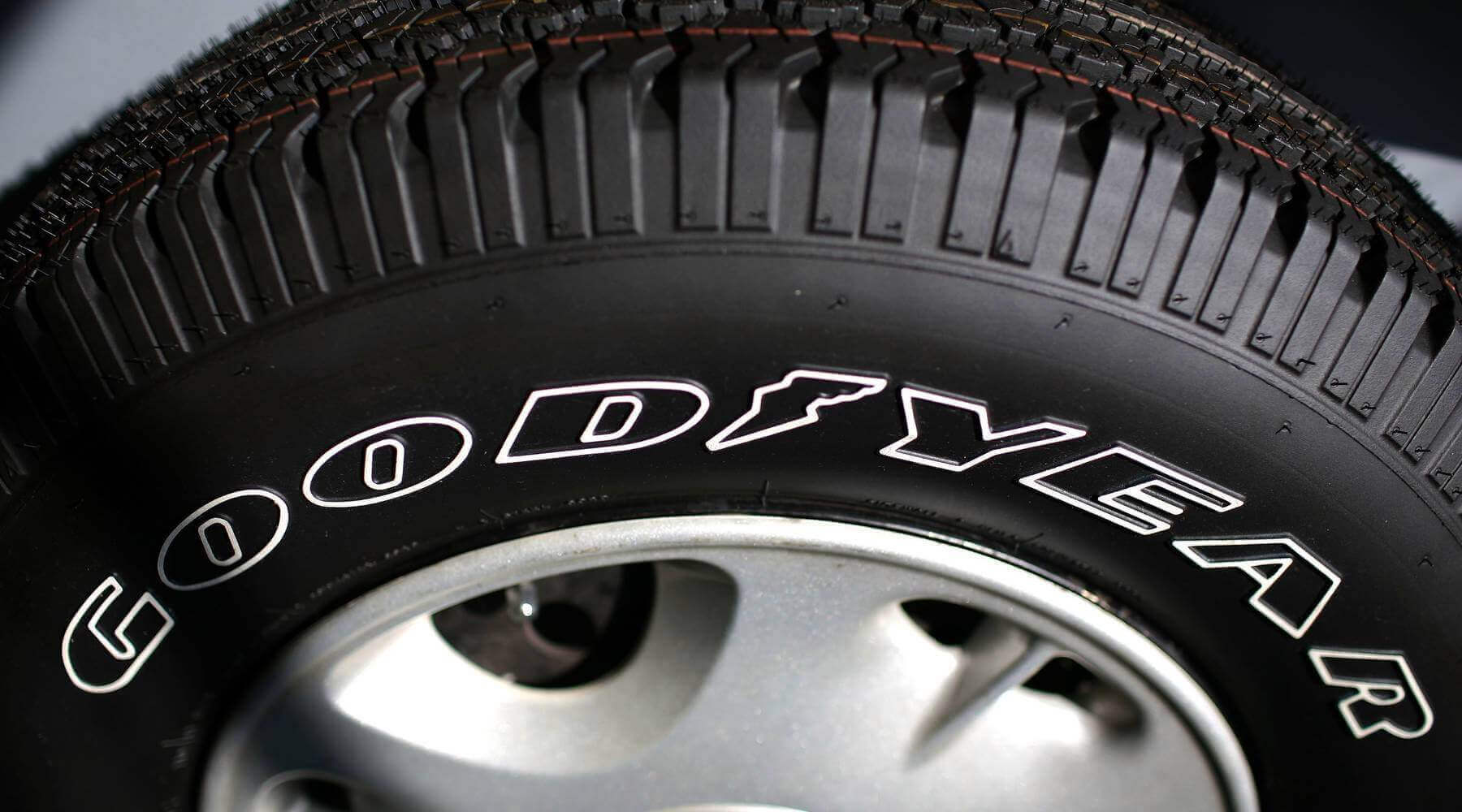Since the creation of tube tires by Dunlop at the end of the 19th century, the famous puncture-proof tire has remained a dream. Skeptics may say it’s because the tire industry benefits from having tires with a limited life span, but the reality is quite different. Many tire manufacturers have developed prototypes of so-called puncture-proof tires, using the most advanced technology of their time. But why hasn’t such an invention made its way onto the international market? Well, because a puncture-proof tire is not always a practical tire…
The Michelin prototype
Recently, at the Movin’On conference in June 2019, Michelin unveiled its most promising prototype: Uptis, an acronym for “Unique Puncture-proof Tire System”. In partnership with GM, this project was the culmination of more than 20 years of research! The Uptis “tire” is not really a tire, since it does not contain an inner tube. Rather, it is composed of a spoked structure made of a very resistant mixture of rubber and fiberglass. The result is impressive and will probably be the first tire of its kind to be marketed, in 2024 according to the company’s forecasts. You can read all about the Uptis here!
The Problem…

Tires that can repare themselves
The solution of some engineers? Cure rather than prevent! Rather than completely rethinking the structure of the tire to the point of omitting the inner tube, some manufacturers have decided to solve the problem at the source by creating a self-repairing tire. Michelin, among others, developed the SelfSeal technology a few years ago. The principle is simple: a semi-liquid and sticky substance, similar to putty, is found in the tire. Normally this has little impact on driving, but in the event of a puncture, the liquid clings to the object that penetrated the tire and seals the air leak. If the object is removed, it is less effective, but a seal will usually form anyway, greatly reducing the volume of air lost.
This solution is far from perfect, and although publicly available bicycle tires effectively use such technology, it is unfortunately not yet ubiquitous on the market. Although many have tried, no manufacturer has yet succeeded in producing a marketable puncture-proof tire. With the most generous forecasts predicting their debut on our roads within five years, their effectiveness has yet to be tested. In the meantime, we will have to make do with the good old tube tire, whose effectiveness has certainly not yet been proven!





